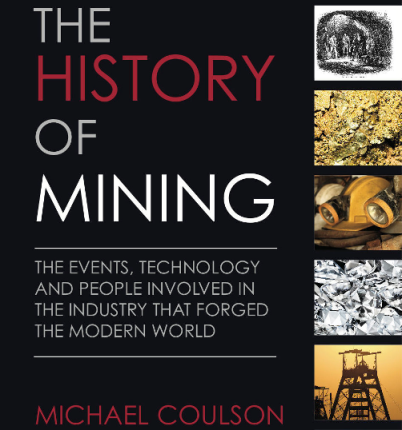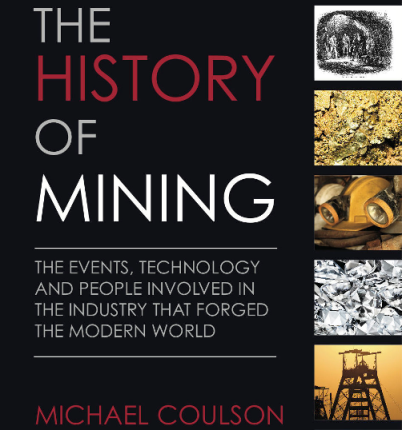http://www.duluthnewstribune.com/
Opponents of copper mining in Minnesota might be winning over more state residents, according to a new poll that shows more people oppose the new kind of mining here than support it.
Opponents of copper mining in Minnesota might be winning over more state residents, according to a new poll that shows more people oppose the new kind of mining here than support it.
The poll, paid for by the Minnesota Environmental Partnership and released Wednesday, found that 48 percent of state residents polled opposed copper mining while 39 percent favor the projects.
It’s the first time in five years the poll has been taken that more people opposed than supported copper mining. The coalition of 75 environmental groups conducts the survey annually to gauge public opinions on several key conservation issues.
The results show support for mining slipping from a high of 66 percent in 2009 to 62 percent in 2010, 52 percent in 2012 and 39 percent this year. Statewide, opposition increased from 19 percent in 2009 to 48 percent this year.
The telephone poll was conducted Jan. 6-8 by the team of California-based Fairbank, Maslin, Maullin, Metz and Associates along with Alexandria, Va.-based Public Opinion Strategies.

























